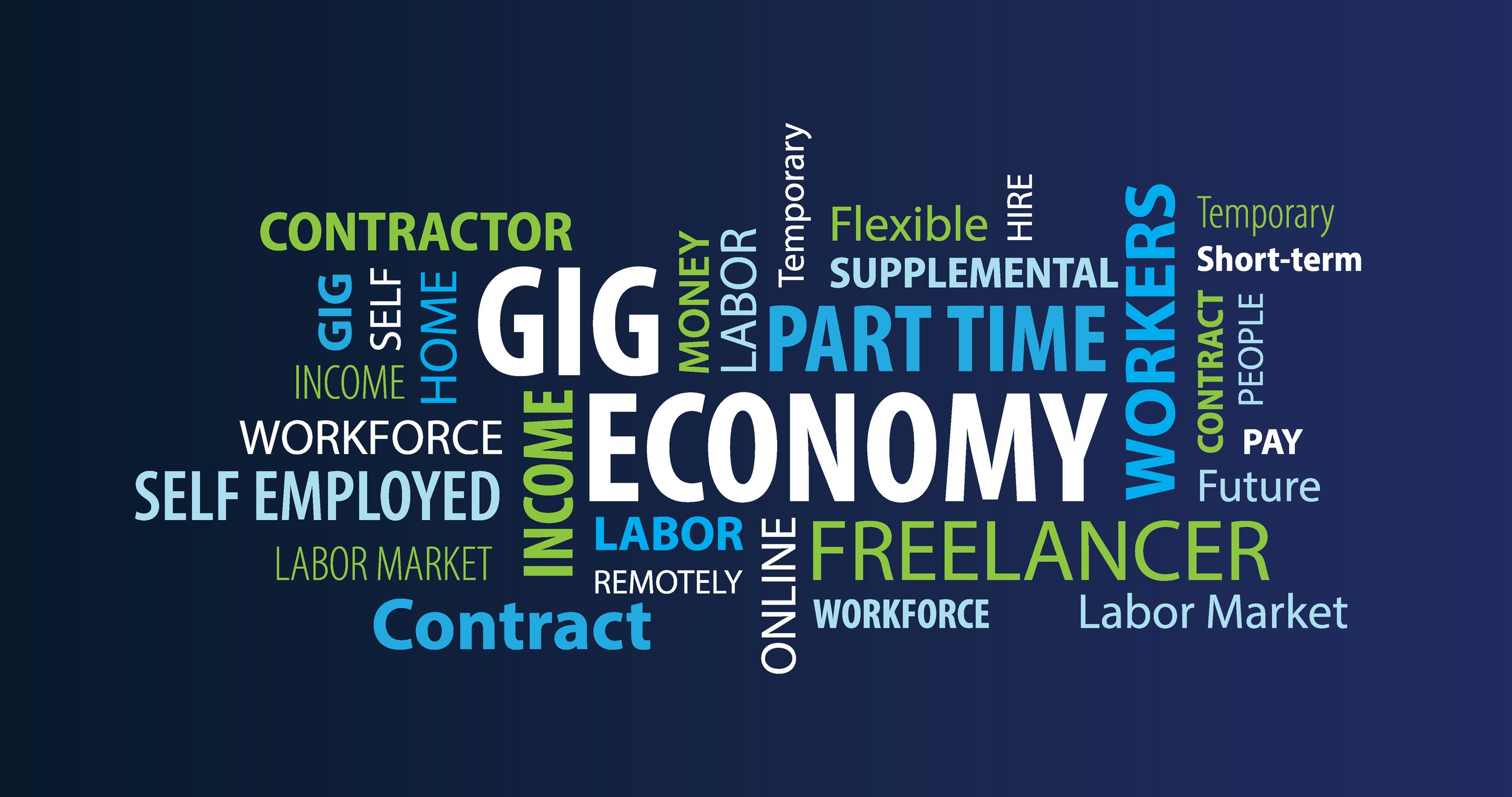Gig workers today account for a full 14 million Americans, according to a recent McKinsey & Co. report, and nearly one-third of younger adults have earned income through a gig platform at some point in their burgeoning careers. Interestingly, nearly half of U.S. gig workers have full-time jobs.
The advantages of gig work are clear: flexibility, creativity, additional income, being your own boss and the ability to work from just about anywhere. However, the disadvantages are also noteworthy, including lack of health care, other benefits and protections as well as inconsistent pay—in fact, one-quarter of gig workers earn less than their state’s minimum wage and many report being treated rudely or poorly.
That might be why this type of work is more common among lower-income brackets—only 9 percent of upper-income earners are earning an income through online platforms, according to Pew Research.
The most popular industries for gig work are recreation, construction and business services while manufacturing is on the opposite end, with only 2 percent of workers, based on a recent ADP Research Institute survey. Work can be both online (administrative, creative, finance and accounting, legal and more) as well as in-person (house cleaning, delivery drivers, yardwork, etc.).
Gig work is a side hustle for most—68 percent do it as a part-time job, according to Pew Research—while about one-third use this flexible type of employment as a main source of income. Just over 10 percent of gig workers in the United States say that they make at least half of their income from this work.
While gig work will continue to evolve and have both advantages and disadvantages, it is clearly going to be an influential part of the U.S. economy for decades and decades to come.


